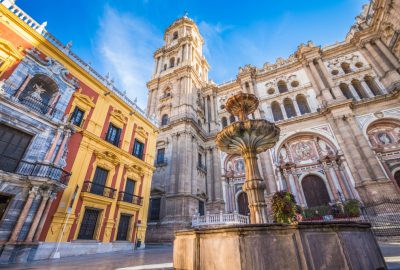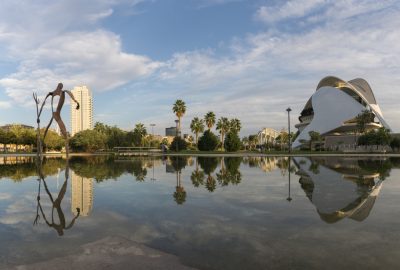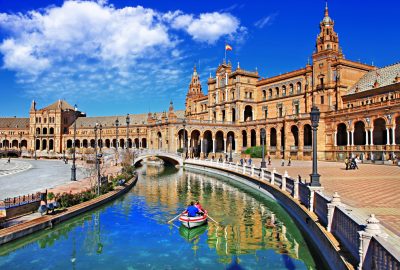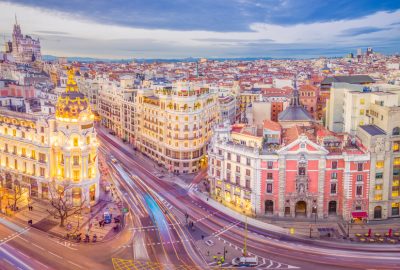Madrid stands for everything a modern European capital should be about: a rich cultural core with an entertaining nightlife outlining. It was built in 854, as one of many Muslim outposts that were supposed to protect the Iberian Peninsula from the Christian re-conquest. It was called Magerit back then, derived from majira, which means “water source” in Arabic. During the early 14th century Madrid began to attract the wealthy and powerful of Spain, because of its localization in the centre of the peninsula, but it was a pretty grim sight back then. People heard that the royal family was slowly settling there, so they followed the money, just to arrive to a huge mess. A hundred years later, Madrid started looking like a proper city, but only from a distance, towers and walls were built f...

















